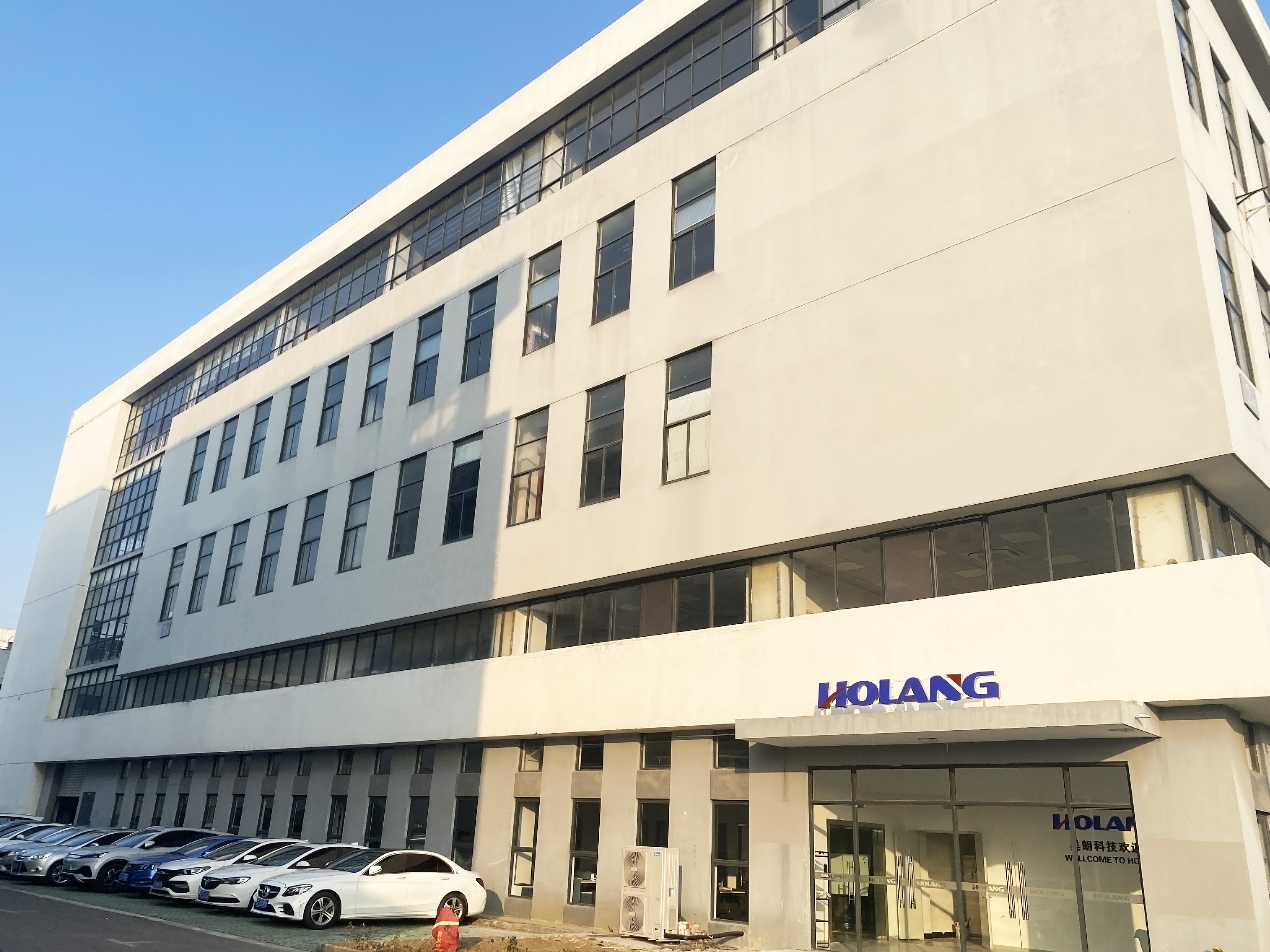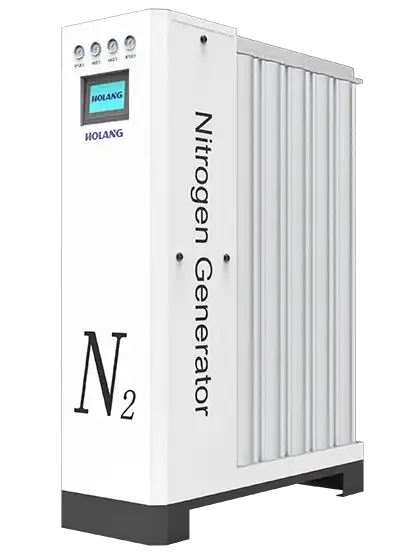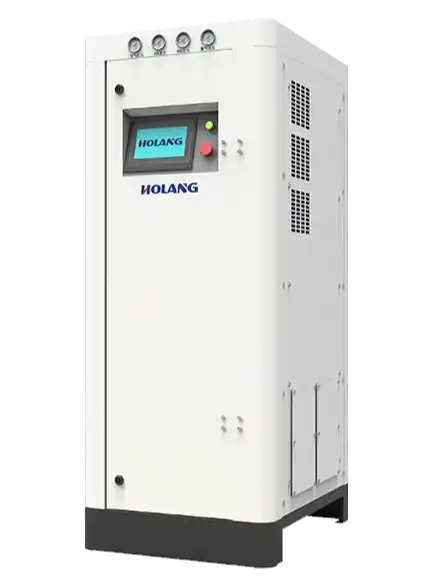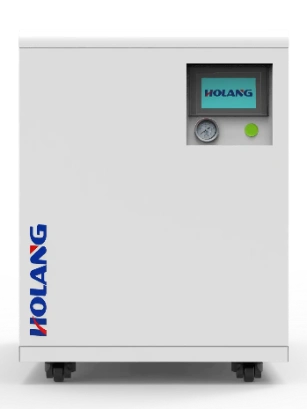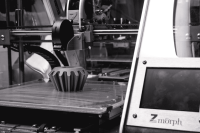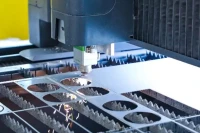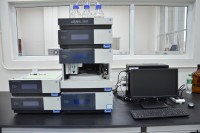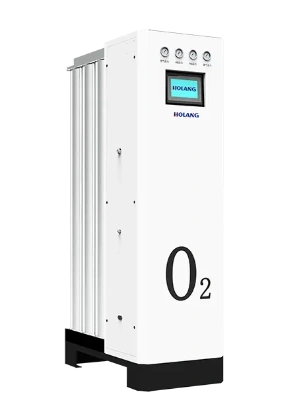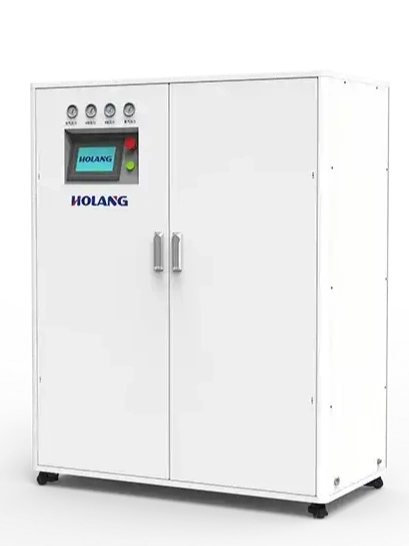In modern industrial manufacturing, the nitrogen generator is an essential component for maintaining stable production. Whether it’s providing inert protection for electronic soldering, preserving freshness in food packaging, or ensuring safety and explosion prevention in lithium battery and pharmaceutical industries, continuous and reliable nitrogen supply is vital.
However, even the most stable systems can encounter issues due to air quality fluctuations, operator habits, or component aging. Problems like purity decline, unstable flow, or inaccurate oxygen analyzer readings can cause production interruptions or testing deviations.
Drawing on years of field experience with the HOLANG Modular Nitrogen Generation System, this guide compiles practical troubleshooting Q&A to help users quickly identify issues, locate root causes, and extend system lifespan.
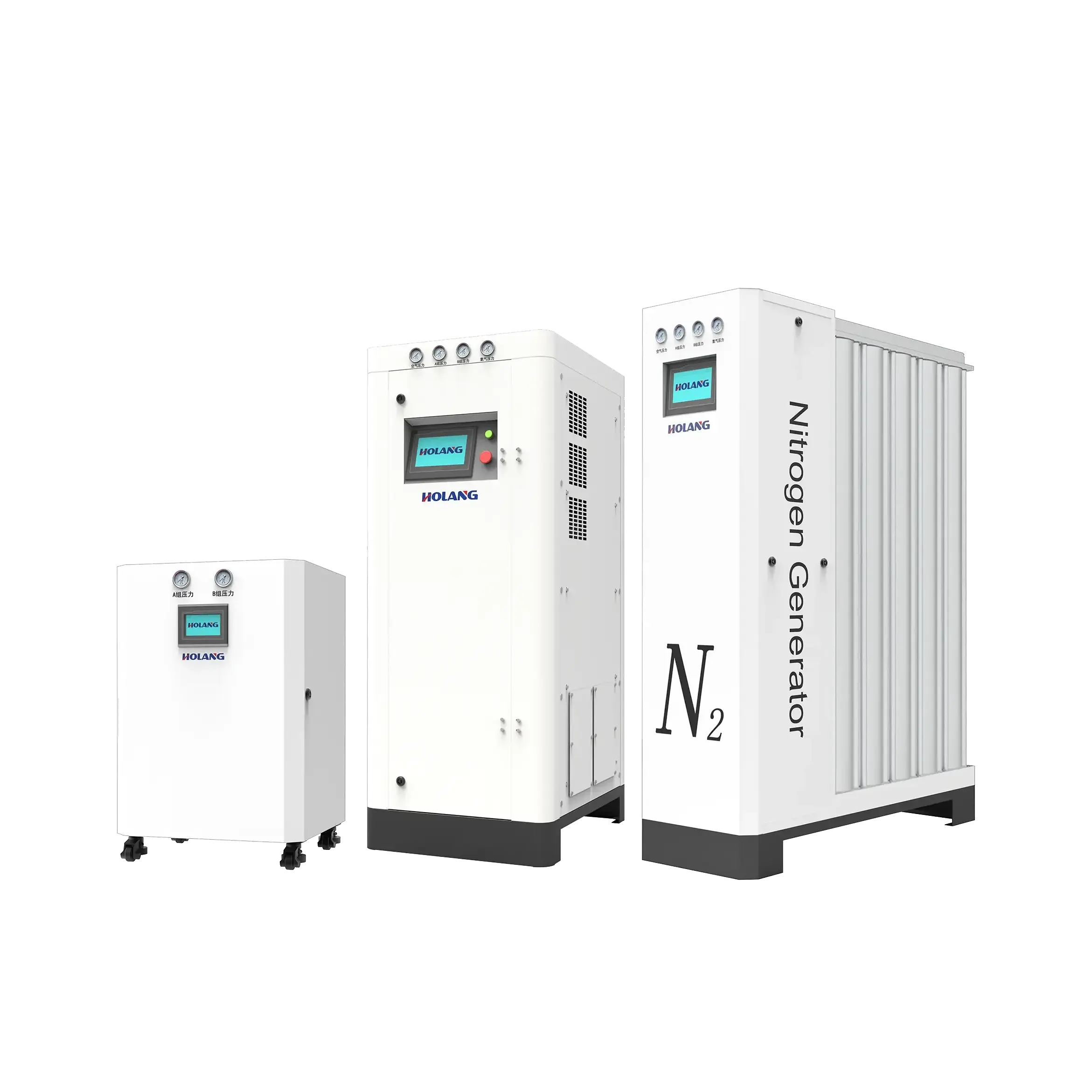
Q1: Nitrogen purity does not reach the target value
Possible causes:
-
Carbon Molecular Sieve (CMS) inside the adsorption tower is damp or aged.
-
Switching valve leakage or incomplete action.
-
Abnormal air pretreatment or unstable inlet air pressure.
Solutions:
-
Inspect and replace damp or degraded CMS.
-
Verify solenoid valves and cylinders for proper operation.
-
Check air dryer and filter performance.
Q2: Nitrogen flow is insufficient or fluctuating
Possible causes:
-
Insufficient compressed air supply.
-
Internal leakage within the system.
-
Delayed valve switching or pneumatic failure.
Solutions:
-
Check compressor pressure and air volume.
-
Use a leak detector to locate leakage points.
-
Calibrate the flowmeter and check valve sealing.
Q3: Oxygen analyzer readings drift or behave abnormally
Possible causes:
-
Sensor aging or overdue calibration.
-
High humidity or blockage in the sampling line.
Solutions:
-
Calibrate the oxygen analyzer every 6 months.
-
Keep the sampling line clean and dry.
-
Replace the oxygen sensor if necessary.
Q4: Pressure fluctuations during tower switching
Possible causes:
-
Throttle or exhaust silencer blockage.
-
Incorrect PLC switching timing.
-
Asynchronous valve operation.
Solutions:
-
Clean blocked parts (throttle or silencer).
-
Adjust PLC timing and control logic.
-
Check pneumatic control lines for synchronization.
Q5: No nitrogen output after startup
Possible causes:
-
System is still in the purge phase.
-
Outlet valve is closed or blocked.
-
Instrument or sensor malfunction.
Solutions:
-
Wait until the system stabilizes before testing flow.
-
Verify outlet valve operation.
-
Check connections and recalibrate purity analyzer and flowmeter.
Q6: Continuous exhaust discharge
Possible causes:
-
Valve seals are aged or damaged.
-
Control signal error or PLC malfunction.
Solutions:
-
Replace worn seal rings.
-
Inspect solenoid coils and PLC outputs.
🧰 Routine Maintenance Recommendations
-
Replace filter elements every 4,000–6,000 hours of operation.
-
Calibrate oxygen analyzers and pressure sensors every 6–12 months.
-
Test CMS adsorption performance annually.
-
Keep the equipment room clean, dry, and well-ventilated to prevent moisture-related degradation.
📈 Conclusion
The stability of a nitrogen generator depends on the synergy of every system component—from air quality to valve response and control precision. Every detail matters.
As China’s first modular nitrogen generator manufacturer, HOLANG focuses on delivering high reliability, intelligent control, and easy maintenance to customers worldwide, ensuring consistent and efficient nitrogen generation.
If you encounter any technical issues or need professional guidance, please feel free to contact the HOLANG technical team for expert support and on-site service.
